Explanation
Cheongwansan National Recreational Forest is located at the entrance of one of the five great mountains of the Jeolla region. Cheongwansan Mountain is a rocky mountain with steep peaks. Red camellia flowers bloom in spring, while in fall, silver grass blankets the area, creating a spectacular scene. The mountain peak offers an incredible ocean view due to the mountain's close location to the coast. To the south, the vast Dadohae Sea comes into view, and hikers may even get a glimpse of Hallasan Mountain from afar on a clear sunny day. A landscape of different mountain ridges can be seen to the north, namely Wolchulsan Mountain in Yeongam, Jeamsan Mountain in Jangheung, and Mudeungsan Mountain in Gwangju.
Cheongwansa Temple is located within a few hundred meters of the peak of the mountain. The recreational park is equipped with convenient facilities and a well-managed 7-kilometer-long hiking trail, serving as a great vacation spot for weekend getaways.
Inquiry
+82-61-867-6974
Homepage
Information Use
Capacities : 300 people per day
Experience Guide : Forest exploration, woodcraft program
Contact and Information : • 1330 Travel Hotline: +82-2-1330
(Korean, English, Japanese, Chinese)
• For more info: +82-61-867-6974
Opening day : 1995
Parking facilities : Available
Day off : Tuesdays
Hours : [Accommodations] Check in 15:00 / Check out 12:00
[Park hours] 09:00-18:00
More information
Admission Fees
Individuals: Adults 1,000 won / Teenagers 600 won / Children 300 won
Groups: Adults 800 won / Teenagers 500 won / Children 200 won
[Accommodations]
House of Forest: 40,000-154,000 won
Yeonlip-dong: 40,000-94,000 won
Available Facilities
Accommodations, camping ground
Restrooms
Available
Location
842-1150, Chilgwan-ro, Jangheung-gun, Jeollanam-do
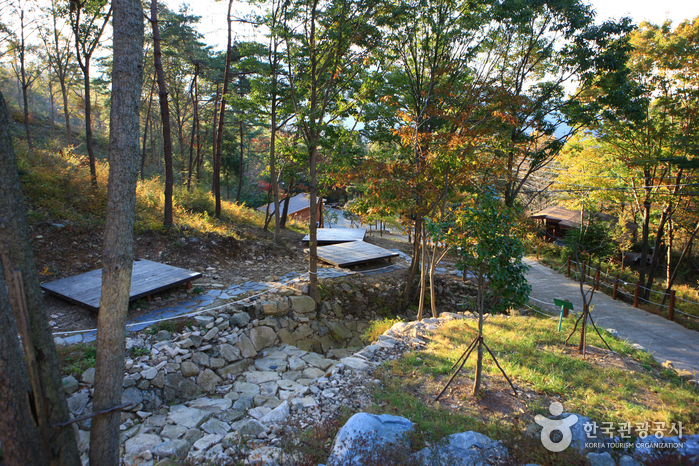
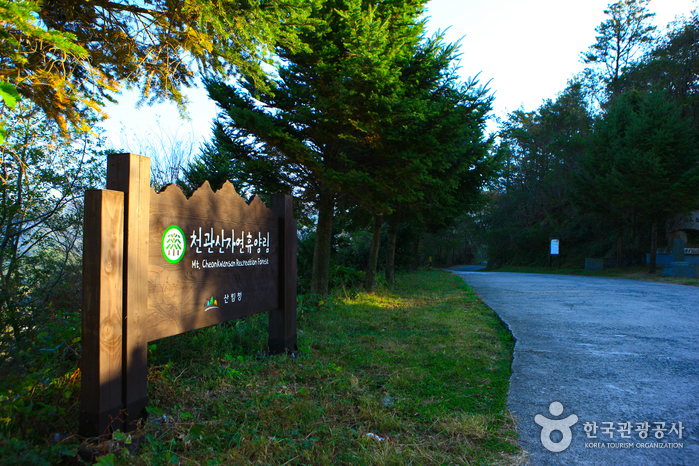
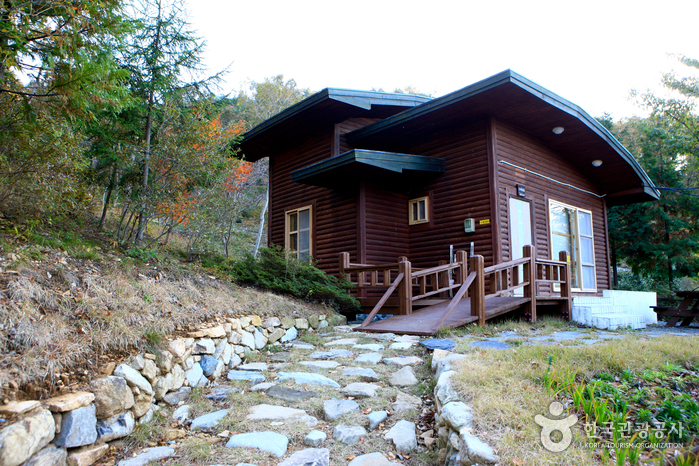
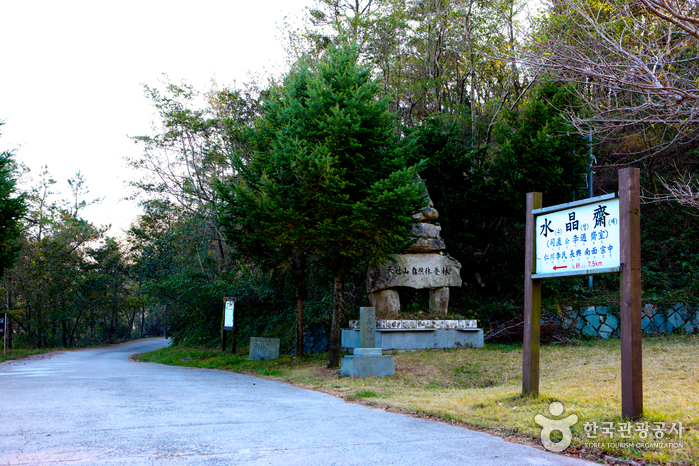
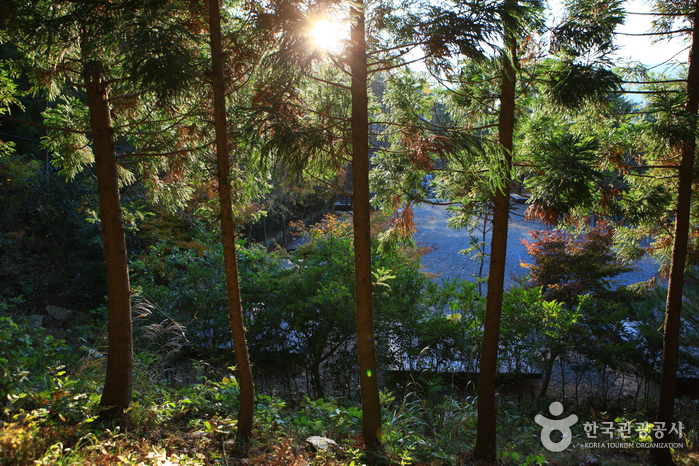
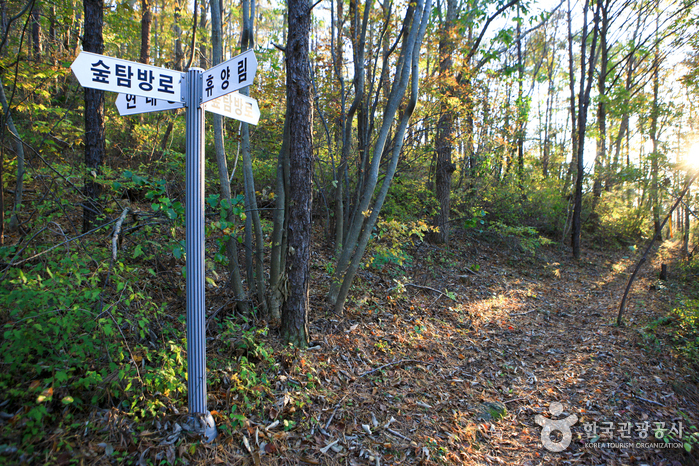
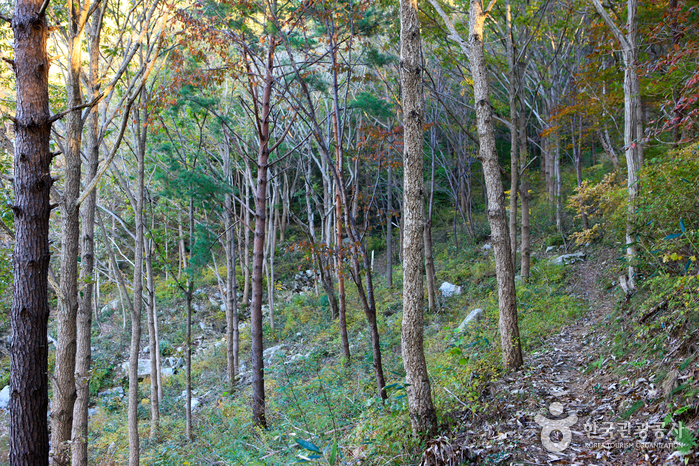
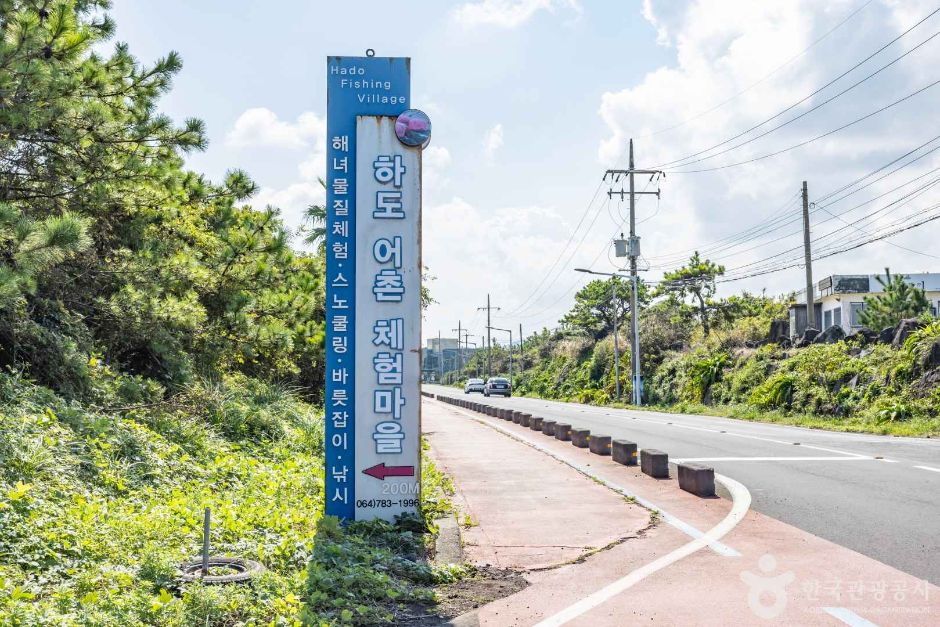
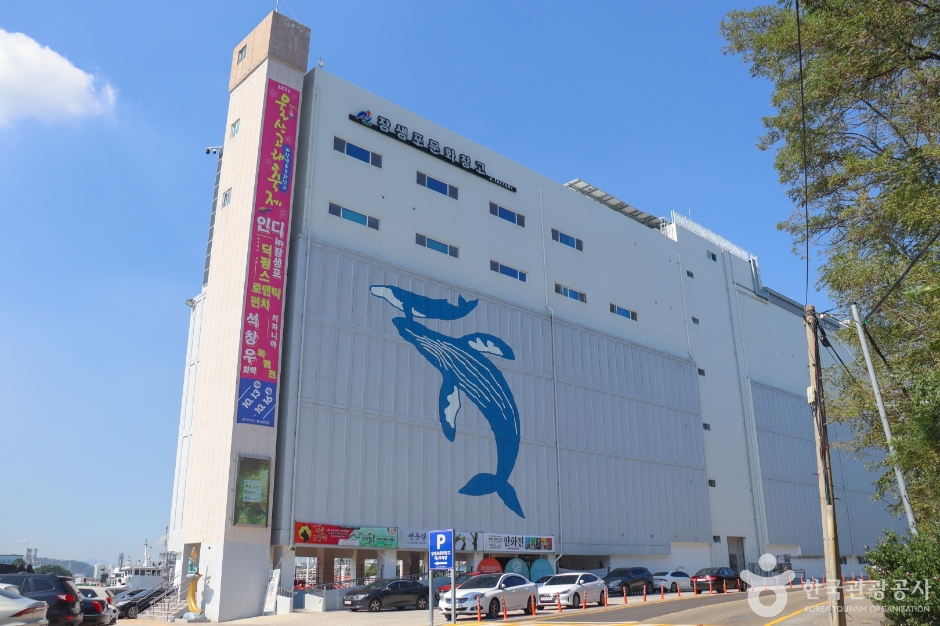
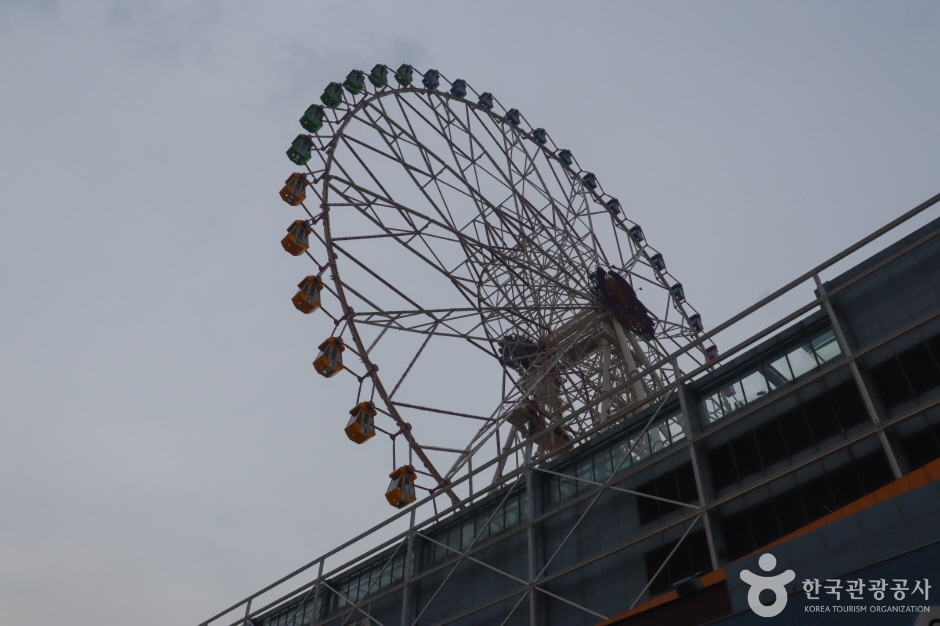
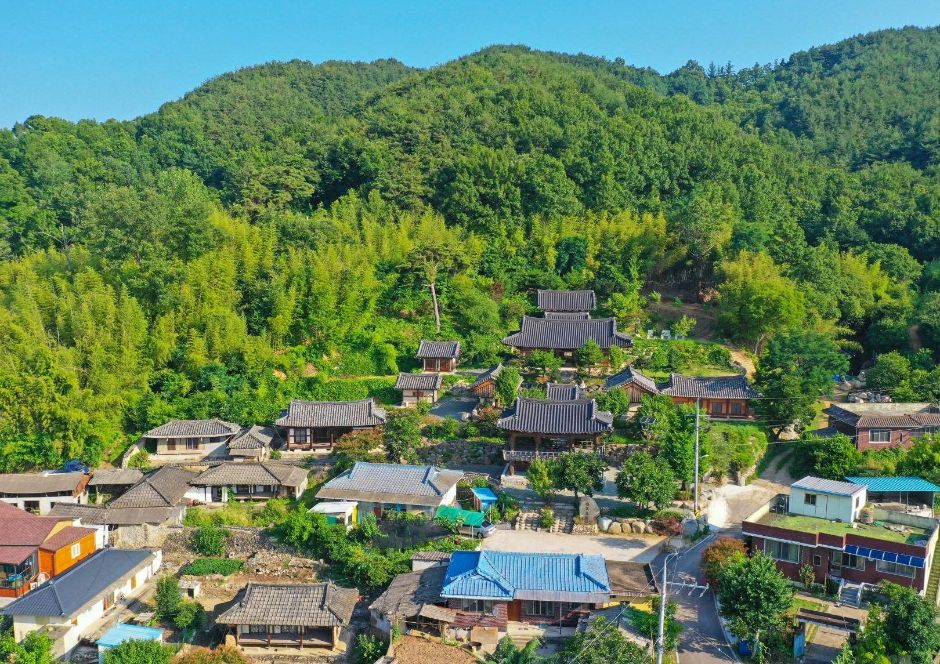

 English
English
 한국어
한국어 日本語
日本語 中文(简体)
中文(简体) Deutsch
Deutsch Français
Français Español
Español Русский
Русский